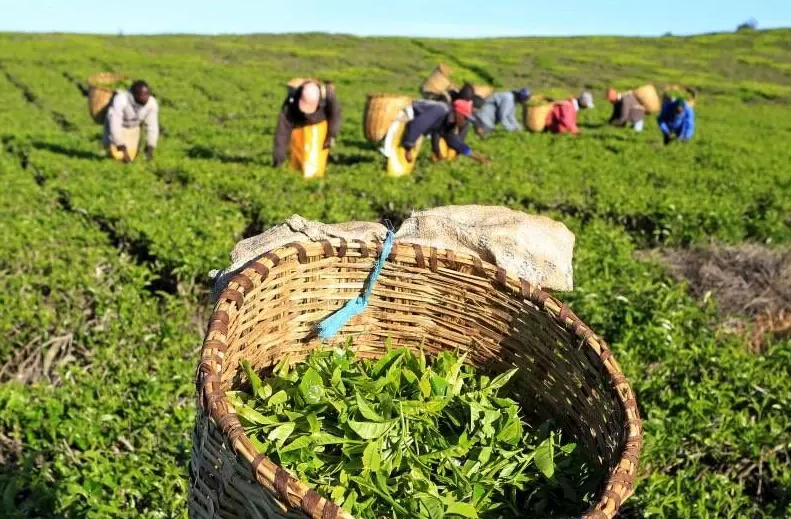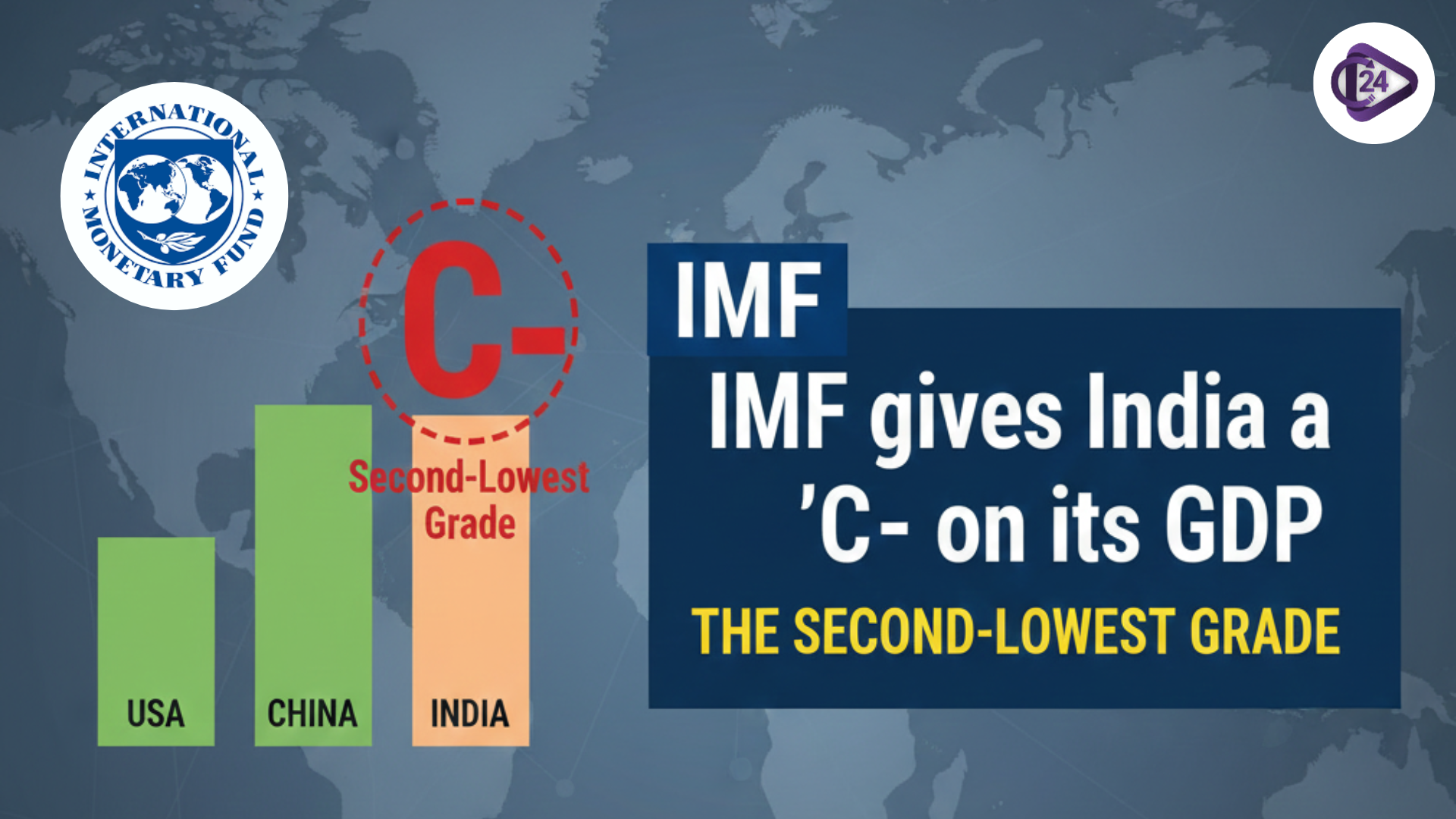
India has established itself as Kenya's leading tea import market through a significant 288% rise in exported tea volume which grew from 3.53 million kg in 2023 to 13.71 million kg during the same timeline of 2024. The trade data reveals that increased demand coincides with major transformations in business relationships.
India’s Tea Industry: Present Status
-
Global Ranking: As the world's second-biggest tea producer after China India generates 21% of global tea production.
-
Exports: The tea industry maintains its position as India's fourth-largest exporter through its 12% share of global tea exports. Tea export volumes throughout the first ten months of 2023 rose from 184.46 million kg to 209.14 million kg during the corresponding period of 2024. The major export markets for Indian tea are UAE, Russia, Iran, the U.S., and the U.K.
-
Domestic Market: India's love for tea creates a local market that consumes a total of 80% of its annual tea output.
-
Regional Production: Assam, India’s largest tea-producing state, produces 55% of the country's tea. India's annual tea production dropped by 50 million kg during 2024 as Assam lost 20 million kg from its total output.
Significance and Potential of Indian Tea
-
Economic Contributions: Through the tea industry India generates substantial employment opportunities as well as foreign exchange and government revenue benefits across rural districts.
-
Global Reputation: India maintains an international reputation for its tea exports because of its established geographical identifications along with creative new products. The special status of Darjeeling tea becomes significant because it is the first product to receive GUyeographical Indication authorization.
-
Strategic Growth Areas: The tea industry of India improves market competitiveness through greater product diversity and market expansion alongside increased market value addition.
Challenges Facing India’s Tea Industry
-
Stagnant Prices and Oversupply: Profitability for tea producers decreases because of a persisting price stagnation caused by growing supply exceeding market demand.
-
Cheaper Imports: Low-cost imports from around the world have led to doubts about tea quality and forced a reduction in India’s tea export volumes.
-
Rising Input Costs: Cost inflation for labor and resources has created stressed conditions for tea estates so they are either forced to shut down or their corporate parents must provide financial assistance through subsidies.
About Tea
-
Botanical Background: Tea grows as an evergreen plant where farmers harvest its leaves and leaf buds to make a global beverage favorite.
Cultivation Requirements:
-
Soil: Well-drained soil with high organic content and a pH of 4.5 to 5.5.
-
Climate: All climate zones from tropical to subtropical areas allow tea plants to flourish naturally.
-
Origin in India: Three hundred years ago British colonialists first brought Chinese and Southeast Asian tea to India for cultivation.
-
Geographic Spread: North East Indian states together with West Bengal grow the main tea crops while Karnataka, Kerala, Tamil Nadu, and Uttar Pradesh have minor production areas.
-
Among India's tea collection, Darjeeling Tea maintains its status as a much-valued variety because it holds GI status.
-
Tea Board of India
-
Overview: The Tea Board of India was founded through the Tea Act in 1953 to manage agricultural tea operations and active exports while looking after industry standard compliance based on the International Tea Agreement.
-
Composition: A total of 31 members make up the board through their representation of parliamentarians and producers as well as trade representatives along with state and trade union members.
-
Functions: The Tea Board implements two core functions which include promoting Indian tea production at home and worldwide while building the nation's presence abroad in the tea business.
Recommendations
-
Boost Exports: Value-added efforts from India will enhance market pricing and make it possible to reach premium international markets.
-
Technology Integration: Blockchain technology allows supply chain visibility and advanced Research & Development in cultivation practices to make production systems more efficient.
-
Global Marketplaces: The establishment of an electronic marketplace connecting tea agriculturalists with international market participants would straighten up their business relationships while it grows the market.
-
Sustainable Practices: Sustainable farming practices will preserve the sustainable future of the tea industry.
-
Policy Support: The tea industry can maintain operational sustainability through targeted subsidies and skill development programs together with financial incentive programs.
Conclusion
The Indian tea industry foretells an optimistic outlook thanks to mounting demands within the nation and expanding exports coupled with rising international commerce participation. Positive results for the tea industry depend on successful solutions to manage price stability problems while controlling production expenses and opposing low-cost imported products. The tea industry's global leadership position shall remain secure as India advances through strategic growth initiatives with innovative approaches and sustainable operational strategies.



 IIFL Finance appoints ex-RBI Deputy Governor B. P. Kanungo as Chairman
IIFL Finance appoints ex-RBI Deputy Governor B. P. Kanungo as Chairman India and Oman Sign the Comprehensive Economic Partnership Agreement (CEPA)
India and Oman Sign the Comprehensive Economic Partnership Agreement (CEPA) RBI Retains SBI, HDFC Bank, and ICICI Bank as Domestic Systemically Important Banks
RBI Retains SBI, HDFC Bank, and ICICI Bank as Domestic Systemically Important Banks IMF gives India a ‘C’ on its GDP and other national accounts data, the second-lowest grade
IMF gives India a ‘C’ on its GDP and other national accounts data, the second-lowest grade India Witnesses Rapid Surge in Ultra-Processed Food Consumption
India Witnesses Rapid Surge in Ultra-Processed Food Consumption HDFC Bank Secures the Top Rank in India’s 2025 Brand Value Index
HDFC Bank Secures the Top Rank in India’s 2025 Brand Value Index ASSOCHAM New President Nirmal Minda to Drive Industrial Innovation and Sustainability in India
ASSOCHAM New President Nirmal Minda to Drive Industrial Innovation and Sustainability in India 8th Pay Commission 2025: Latest News, Salary Hike & DA Update
8th Pay Commission 2025: Latest News, Salary Hike & DA Update Sonali Sen Gupta Takes Charge as RBI Executive Director
Sonali Sen Gupta Takes Charge as RBI Executive Director Shram Shakti Niti 2025: India’s Future-Ready Labour Policy for Employment Growth
Shram Shakti Niti 2025: India’s Future-Ready Labour Policy for Employment Growth






